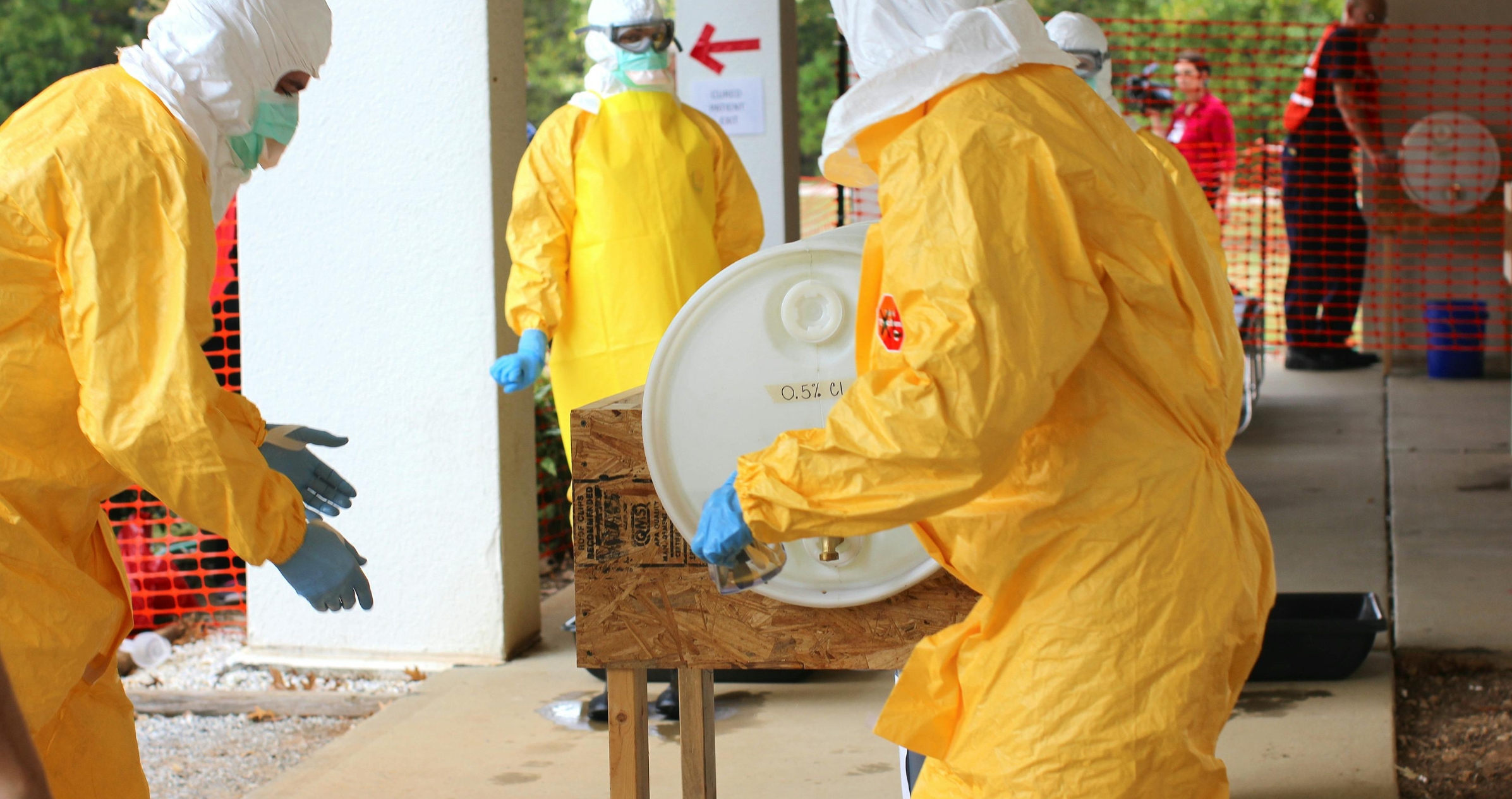Safety & Occupational Health
Safety & Occupational Health
Organizations across different industries are increasingly aware that a healthy workforce is directly linked to productivity, morale and overall business success by achieving Safety & Occupational Health through many strategies.
What is Safety & Occupational Health؟
Safety & Occupational Health refers to the disciplines concerned with the protection and promotion of the health of workers and the prevention of workplace hazards; This field is multidisciplinary, incorporating insights from engineering, psychology, medicine, and management. By prioritizing Occupational Health, companies can mitigate risks related to workplace injuries and illnesses, ensuring a safe working environment for all employees.
The Importance of Safety & Occupational Health Programs
Employers have a legal and moral obligation to provide a safe working environment. Investing in occupational safety and health programs provides many benefits including:
Effective Occupational Health programs minimize the occurrence of accidents and injuries. This not only protects employees but also reduces costs associated with lost productivity and medical expenses.
Employees who feel safe and valued are more likely to be satisfied with their jobs, leading to increased morale and job retention.
Many countries have strict regulations regarding workplace safety. Implementing robust Occupational Health practices helps organizations comply with these regulations, avoiding legal issues.
A safe work environment contributes to higher productivity levels. When employees are not worrying about potential hazards, they can focus on their tasks, leading to efficient work processes.
Components of an Effective Safety & Occupational Health Program
To ensure the effectiveness of Safety & Occupational Health initiatives, organizations should consider the following components:
1- Risk Assessment
Conducting regular risk assessments is crucial for identifying potential hazards within the workplace. By evaluating the environment, processes, and materials, employers can implement necessary measures to mitigate risks.
2- Training and Education
Providing ongoing training and education is essential in promoting Occupational Health. Employees should be well-informed about safety measures, emergency procedures, and the use of protective equipment. This not only empowers them but also cultivates a safety-conscious culture within the organization.
3- Emergency Preparedness
An effective Safety & Occupational Health program should include a comprehensive emergency response plan. Regular drills and training sessions can prepare employees to respond appropriately during emergencies, minimizing panic and confusion.
4- Health and Wellness Initiatives
Promoting overall health and wellness is a crucial aspect of Occupational Health. Programs that encourage physical fitness, mental health support, and healthy lifestyle choices can lead to a healthier workforce, reducing absenteeism and improving productivity.
5- Incident Reporting and Investigation
An efficient incident reporting system allows employees to report accidents or near misses without fear of retribution. Investigating these incidents helps organizations identify root causes and develop strategies to prevent recurrence.
Challenges in Implementing Safety & Occupational Health Strategies
Despite the clear benefits of Safety & Occupational Health initiatives, organizations often face several challenges:
1- Resistance to Change
Employees and management may resist changes to established practices, even when those changes are intended to improve safety. Overcoming this resistance requires effective communication and education about the importance of Occupational Health.
2- Limited Resources
Budget constraints can limit an organization’s ability to implement comprehensive Occupational Health programs. However, prioritizing safety can lead to cost savings in the long run, making it an investment worth considering.
3- Keeping Up with Regulations
As regulations surrounding Occupational Health continue to evolve, staying compliant can be challenging. Organizations must remain informed about changes in legislation and ensure their practices align with current standards.
4- Diverse Workforce
With a diverse workforce, organizations must consider varying safety needs and preferences. Tailoring Occupational Health programs to accommodate different demographics can enhance effectiveness and engagement.
The Role of Leadership in Safety & Occupational Health
Leadership plays a critical role in shaping the culture of Safety & Occupational Health within an organization. Here are several ways leaders can promote a strong safety culture:
Leaders should prioritize Occupational Health in their decision-making processes. When executives demonstrate a genuine commitment to safety, it encourages employees to adopt similar attitudes toward their work environment.
Fostering an environment where employees feel comfortable discussing safety concerns is essential. Leaders should encourage open dialogue, actively seek feedback, and address any issues raised by employees.
Acknowledging employees who prioritize safety reinforces the importance of Occupational Health. Rewards and recognition can motivate others to adopt safe practices, creating a collective commitment to safety within the organization.
Leaders should advocate for continuous improvement in Occupational Health practices. Regular evaluations of existing policies and procedures allow organizations to adapt to changing requirements and improve overall safety performance.
Technology’s Impact on Safety & Occupational Health
The integration of technology into Safety & Occupational Health practices has revolutionized the way organizations approach workplace safety. Here are some innovative technological advancements making an impact:
Wearable Safety Devices
Wearable safety devices can monitor an employee’s health metrics, such as heart rate or fatigue levels, providing valuable real-time data. This technology helps identify potential health risks early, enabling timely interventions.
Safety Management Software
Advanced safety management software allows organizations to streamline their Occupational Health programs. These platforms can help manage training records, conduct risk assessments, and track incident reports, ensuring comprehensive oversight of safety initiatives.
Virtual Reality Training
Virtual reality (VR) training simulates real-life scenarios to provide employees with hands-on experience without the associated risks. VR can be particularly useful for training in high-risk industries, enhancing the effectiveness of Safety & Occupational Health programs.
Remote Monitoring
With advancements in IoT (Internet of Things) technology, organizations can remotely monitor equipment and environments to identify hazards before they lead to incidents. This proactive approach enhances overall safety and supports effective risk management.
Future Trends in Safety & Occupational Health
As we look ahead, several trends are likely to shape the future of Safety & Occupational Health:
Recognizing that mental health is as important as physical health, organizations are increasingly integrating mental health support into their Occupational Health programs. This includes access to counseling services and stress management resources.
With the rise of remote work and sedentary lifestyles, ergonomics is becoming a pivotal aspect of Occupational Health. Organizations are investing in ergonomic assessments and modifications to prevent musculoskeletal disorders.
The utilization of big data and analytics is transforming Occupational Health practices. By harnessing data, organizations can identify trends, pinpoint areas for improvement, and make informed decisions to enhance workplace safety.
As environmental sustainability becomes a priority, organizations are realizing the intersection between Occupational Health and environmental practices. Integrating sustainable practices into safety protocols not only safeguards workers but also benefits the planet.
Conclusion
Safety & Occupational Health programs are essential for maintaining a productive and equitable work environment. By prioritizing these initiatives, organizations can protect their most valuable asset.





There are no comments